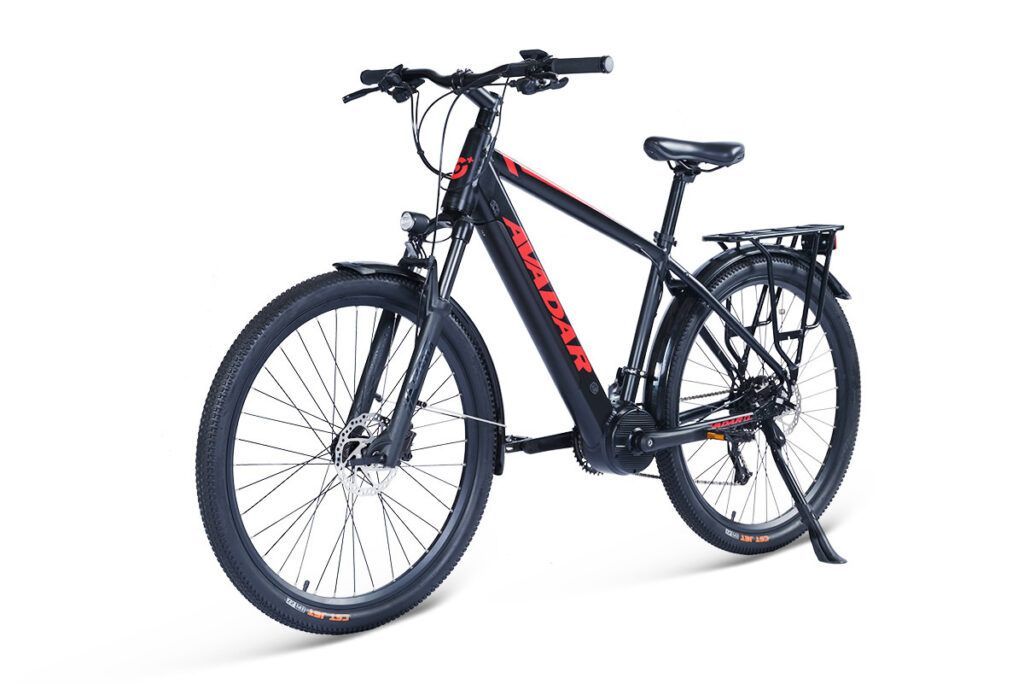Bicycles were the most frequent mode of mobility in cities before World War II. However, outside of nations like Holland and Belgium, they’ve mostly devolved into a harmless pastime. Due partly to recent crises and rising oil prices, electric bicycles and other low-cost, environmentally friendly modes of transportation have seen some growth.
City ebike are regular bicycles with an electric motor attached to assist with pedaling. It is possible to acquire a brand-new bike or modify an existing model. Why would you choose this mode of transportation above others?
What is the mechanism of an electric bicycle?
The cycling system, battery, controller (which transfers power to the motor), electric motor, and pedaling sensor are all components of the bike. Although a solar panel may also be employed, the motor is provided with electricity from the battery, which is replenished via the electrical grid. While riding down a slope, certain contemporary engines may be charged.
When the sensor senses pedaling, it activates the engine, which helps with steep slopes and extended rides. This means that, as soon as the rider is no longer moving, the engine shuts off.
There is a variety of sports electric bike on the market.
Buying a fully-assembled C3 ebike may provide compatibility issues, since some components may not be interchangeable. Electric bikes may cost upwards of 800 euros for a road cycle and upwards of 1000 euros for a mountain bike.
Some traditional bicycles are simple to convert and take a few minutes to install a kit on. If you currently own a regular bicycle, you don’t have to purchase a new one, which saves you money in the long term. Kits may be purchased for as much as 400 euros.
Conveniently foldable: ideal for keeping in a vehicle, apartment, or on your desk when you get there.
- Advantages
Cheaper than a city electric vehicle and more efficient than gasoline-powered vehicles and motorbikes.
You don’t need to purchase a new bike if you use a kit to modify your current one.
CO2 emissions are a thing of the past!
There are several factors to consider when deciding whether an Avadar electric bike is the best option for a rider, including their physical condition, the kind of terrain, and the distance. The bicycle does not perform any of the work for you, but it does give you a little jolt as you get started or when you’re going up a steep hill.
Disadvantages
The lithium batteries’ autonomy (because lead batteries are no longer used due to their weight and pollution) ranges from 35 to 60 kilometers, however, this might vary depending on how the motor is operated, the weight of the rider, etc. Some batteries can go up to 140 kilometers on a single charge.
Electric bicycles of the past
Because they don’t require batteries and use no power, traditional bicycles remain the most environmentally friendly alternative.
Requirements set out by the law
A license or insurance is not required for electric or assisted pedaling bicycles. They resemble regular motorcycles in that regard, but they must also comply with specific regulations, such as:
- A motor with a maximum power output of 250W.
- 25 Km/h maximum speed.
There is a maximum weight limit of 40 kg.
If you’re pedaling, the motor is active; if you’re not, the motor stops immediately (it is not equipped with an accelerator).
State subsidies for electric vehicles, including bicycles, are available in certain nations. Cities with high traffic should not exceed 22 kilometers per hour in speed. Cycling would swarm our cities if we were aware of the savings in fuel, automobile upkeep, and pollution that bicycles would bring about.
You may also like
-
Elevate Your Speed Experience with Toyota’s New Models
-
Expert Power Window Repair Services at A Plus Auto Glass in Houston, TX
-
Isuzu Truck Windshield Repair and Replacement by Imperium Auto Glass in Houston, TX
-
Comparing Four-Post and Two-Post Automotive Lifts: Which Is Best for Your Needs?
-
How Do Armored Sedans Balance Performance with Safety?


